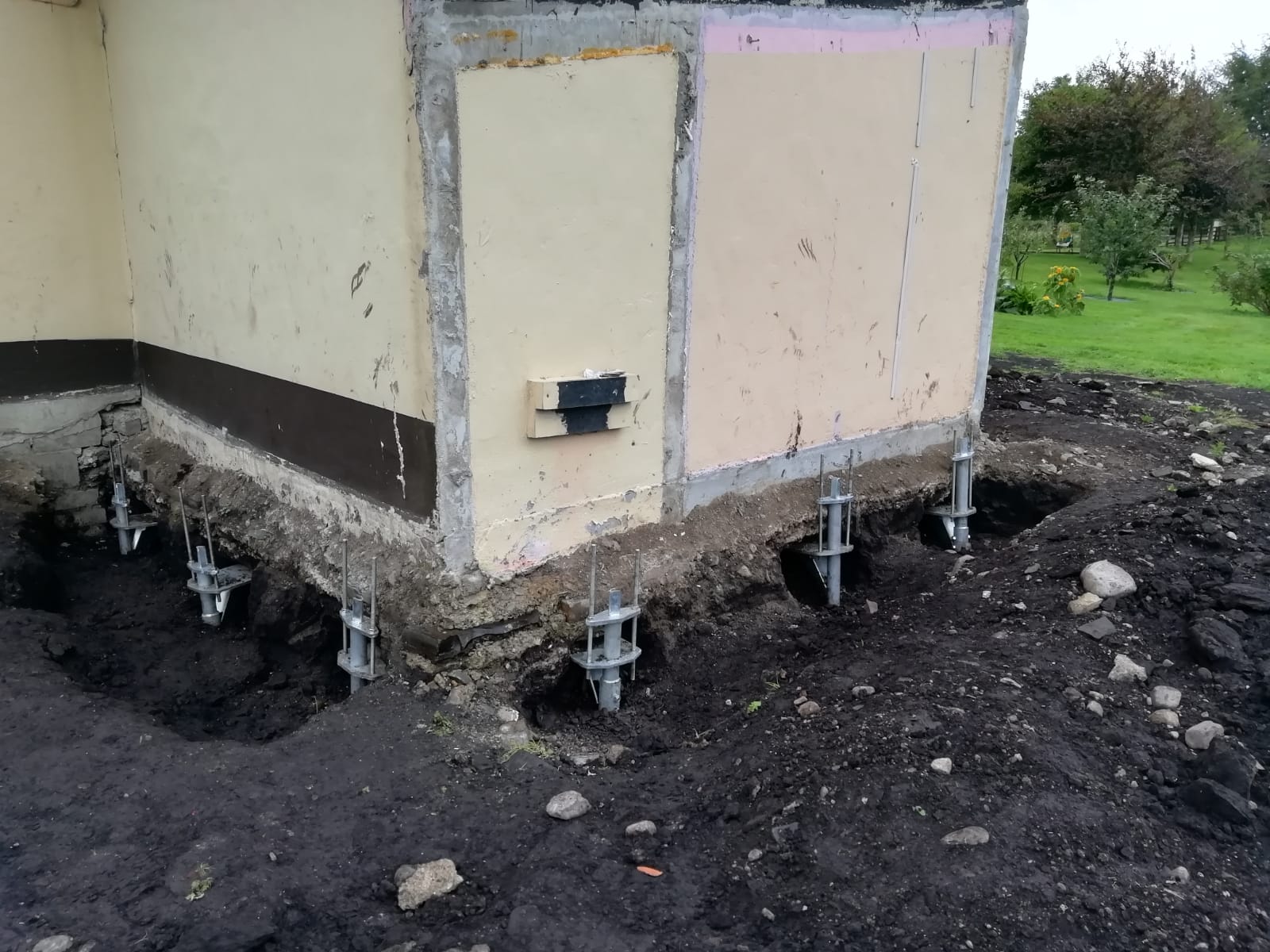A foundation serves a similar function for homes as legs and feet do for bodies: It takes the load from structures and transfers it down into the soil below. Just as with custom tailored suits, creating a foundation takes special consideration and care. That is why Victor and his crew follow these basic steps when creating concrete foundations.
Footings
Footings transfer the weight of your building directly to the soil, protecting against foundation walls buckling or sinking and supporting structures buckling or sinking. While code often dictates concrete footings for buildings in areas with predictable soil stability, builders in regions where gravel or crushed stone footings may suffice as alternatives.
Your contractor will dig footing holes to the appropriate frost depth and sized to support the weight of your building while also accommodating for some expansion and contraction of soil. Look out for the best Underpinning Melbourne.
Before pouring concrete for your footings, purchase and set rebar. In addition to the rebar, grade pins can also be set; these metal stakes fit over it to indicate where your foundation footing ends up being laid down. Once this has all been accomplished, your crew can mix and pour concrete to build your foundation pad if applicable; block walls may not require this step as long as they’re framed out before pouring concrete on top.
Walls
Building a foundation requires more than digging holes and pouring concrete; it must be tailored specifically for its site by taking into account soil conditions and water tables, in addition to being compacted correctly with formwork installed correctly – otherwise structural failure could occur.
Concrete wall structures offer protection from unnatural land shifting or ground movement, flood protection and fire resistance. They can be made using either poured or block concrete and should be reinforced with steel bars for increased strength.
A concrete foundation’s design must be reviewed to ensure it can support its load with sufficient shear capacity, determined by calculating its lateral load and multiplying it by the factor “k”, taking into account any wall thinness or any slenderness in its walls. Every 8 feet, twox4s are attached using concrete tie bars called snap ties which will push through when concrete is poured and hold back its flow.
Slabs
A slab foundation must match the weight of its intended structure. When digging footers for your slab foundation, do so using either a backhoe or pick and shovel – whatever works for you is ideal. Prep the ground for your concrete slab by clearing away impediments and leveling it, driving stakes around its perimeter that correspond to its dimensions, and using a builder’s level or line level to verify all stakes are straight, level, plumb and square.
Frame the perimeter of the slab using 2×6 pieces of lumber to form an approximate shape for concrete to be poured into. Adjustments cannot be made after pouring has taken place; insulation may also be installed under slab foundations to reduce heat loss and moisture migration, or within stem wall foundation walls depending on their design.
Foundation Repair
If you detect cracks in your foundation, it’s crucial that you seek professional assistance immediately. Even hairline cracks should serve as an early indicator that something might be amiss with its structure; larger or diagonal cracks warrant further evaluation as these could signify serious structural problems that require urgent professional evaluation.
Homeowners with slab foundations usually resort to slabjacking as the most effective repair solution. A pattern of holes are drilled in the concrete slab, then synthetic lifting solution is injected underneath with special machinery; this repositions and stabilizes it back into its proper place.
Helical piers can help stabilize slab foundations in challenging soil conditions. These steel piers feature a helix design to penetrate into the earth more easily than traditional concrete piers, and installation times tend to be faster as well. Though their costs may be slightly higher than traditional concrete options, helical piers don’t require excavation for installation and don’t cause expansion/contraction issues like concrete does.
